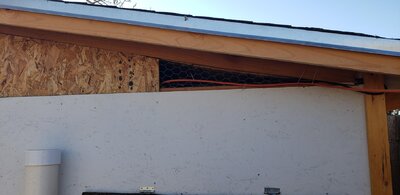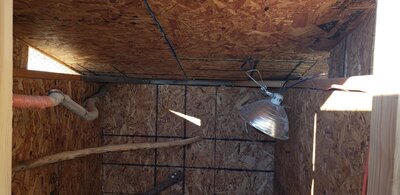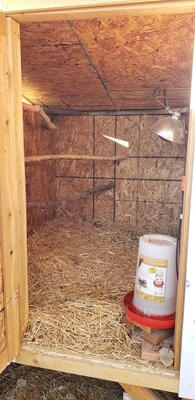backyardnooob2020
Chirping
- Nov 15, 2020
- 28
- 42
- 51
What part of the world am I in: I live in Utah, SLC
Dimensions of the coop (feet by feet is really helpful): Coop is a 5x6 Internal
How many birds live in the coop: I have 5 birds
Ages of the birds: Less then a year (bought April 2020)
Breeds of the birds: 2 Sex links and 3 Rhode Island Reds
Whether they have a protected run so they don't get forced to stay in the coop during storms: Open run (no cover) that is about 5x20 but they free rang in that backyard
Here are some pics of the coop:
Dimensions of the coop (feet by feet is really helpful): Coop is a 5x6 Internal
How many birds live in the coop: I have 5 birds
Ages of the birds: Less then a year (bought April 2020)
Breeds of the birds: 2 Sex links and 3 Rhode Island Reds
Whether they have a protected run so they don't get forced to stay in the coop during storms: Open run (no cover) that is about 5x20 but they free rang in that backyard
Here are some pics of the coop:








 I am next door(ish) in northern Colorado.
I am next door(ish) in northern Colorado.